Why Bagong Mountains Should Be Your Next Travel Destination for Outdoor Fun
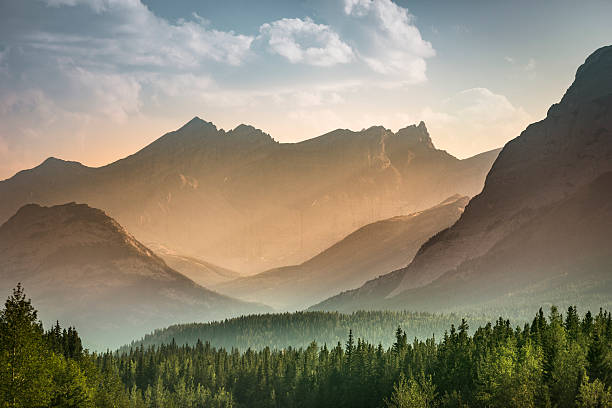
An Essential Guide to Visiting Bagong Mountains
Nestled in the scenic heart of Anhui province, the Bagong Mountains (八公山) rise majestically, steeped in a tapestry of history, legend, and breathtaking natural beauty. Known as a national AAAA scenic site, this storied mountain range is not only a paradise for nature lovers but also a treasure trove of cultural significance. From the moment you arrive, the air is imbued with the whispers of ancient tales, the most notable being that of Liu An, a historical figure who sought immortality and fostered a band of eight esteemed scholars. Their legacy resonates through the trails and temples that dot the landscape.
As you embark on your journey through the Bagong Mountains, prepare to be captivated by the region’s lush greenery, fascinating geological formations, and the ethereal beauty of its mountain-top temples. However, be forewarned: the terrain requires a spirit of adventure and a readiness to explore, as the trails often lead you up steep hills and winding paths. Yet, the reward is immeasurable—each vantage point offers stunning views that could take your breath away, especially on clearer days when the horizon seems to stretch endlessly.
Whether you’re an avid hiker, a history buff, or simply seeking a tranquil escape from the hustle and bustle of modern life, the Bagong Mountains promise an unforgettable experience. With their rich cultural heritage and natural splendor, they stand as a testament to China’s profound connection with nature and history, waiting to be explored by intrepid travelers like you.
In This Guide
- An Essential Guide to Visiting Bagong Mountains
- The Rich History and Legends of Bagong Mountains
- Main Highlights: What You Absolutely Can’t Miss
- Planning Your Visit: A Practical Guide
- Tickets: Prices, Booking, and Tips
- How to Get There: A Complete Transportation Guide
- Local Cuisine and Accommodation Nearby
- Frequently Asked Questions
- Final Thoughts on Your Trip
The Rich History and Legends of Bagong Mountains
Nestled in the heart of Anhui province, the Bagong Mountains (八公山) are not just a stunning natural landscape; they are steeped in rich history and captivating legends that beckon travelers from around the globe. This scenic area, known for its breathtaking views and significant cultural heritage, has been a source of inspiration and intrigue for centuries.
The mountains were originally known as Beishan (北山) or Zijinshan (紫金山) during ancient times. They were home to a tribe that thrived alongside the Huai River, with their stories entwined in the fabric of China’s early civilization. By the Western Zhou dynasty, the area became significant enough to establish the kingdom of Zhoulai, which had its capital at the foothills of Bagong Mountain. This historical backdrop sets the stage for the legends that would emerge from these majestic peaks.
One of the most prominent figures associated with the Bagong Mountains is Lord Liu An, a revered governor of the Huainan State during the Western Zhou dynasty. Liu An is not only celebrated for his administrative prowess but also for his quest for immortality, which led to the area being named Bagongshan. The term “Bagong” (八公) refers to the “Eight Lords,” a group of Liu An’s most esteemed scholars and talents. It is said that Liu An gathered these intellectuals to explore various disciplines, including astronomy and philosophy, creating a hub of knowledge that flourished amidst the mountains.
The legend of Liu An and his eight followers is not just a tale of ambition; it embodies the concept of “ride/hang on someone’s coattails” (一人得道鸡犬升天), where one person’s success elevates those around them. This theme resonates through the history of Bagong Mountains as a symbol of collaboration and communal ascendance, making it a poignant reminder of the interconnectedness of knowledge and fortune.
Beyond these fascinating stories, Bagong Mountain is also known for its geological significance. It is home to the Huainan worm, fossils dating back an astonishing 800 million years, recognized as some of the earliest evidence of life on Earth. This ancient heritage earns the mountains a unique status as a cradle of life, often referred to as the “Blue Planet” in geological circles, further enriching its historical narrative.
Visitors to Bagong Mountains can explore the remnants of its storied past, including various temples that dot the landscape, each telling tales of the ancient scholars and their pursuits. While some amenities may appear modest, the spiritual and historical significance of the area shines through, providing a genuine connection to the legends of yore.
In summary, the Bagong Mountains offer more than just scenic beauty; they invite travelers to delve into a tapestry of history and myth that has shaped the cultural identity of this region. Whether you are an adventurer seeking the thrill of the climb or a history enthusiast eager to learn about the legends that echo through these hills, Bagong Mountains promise an enriching experience that will linger long after your visit.
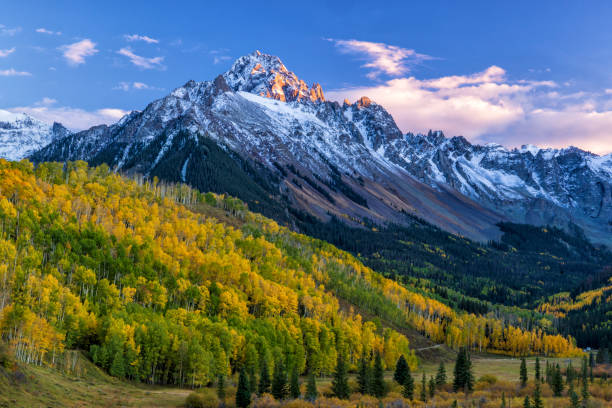
Bagong Mountains.
Main Highlights: What You Absolutely Can’t Miss
When you set foot in the enchanting Bagong Mountains, a captivating blend of natural beauty, rich history, and cultural significance awaits. Here are the main highlights that you absolutely cannot miss during your visit to this picturesque destination in Anhui, China.
1. Mountaintop Temple
Perched atop the Bagong Mountain, this impressive temple is a must-visit. The temple not only provides spiritual solace but also offers panoramic views of the surrounding landscape. While the air quality may sometimes challenge your photography goals, the sight of the temple against the backdrop of lush greenery is still awe-inspiring. Be prepared for a bit of a hike; the journey to the top involves climbing stairs and navigating hilly terrain, making it essential for visitors to wear comfortable footwear.
2. Statues of Legendary Figures
As you explore the temple, take a moment to marvel at the numerous statues that depict legendary figures from Chinese mythology. Each statue tells a story, but be aware that the accompanying legends are inscribed in Chinese. If possible, connect with a local guide who can share the fascinating tales behind these historical icons, enriching your experience and understanding of the culture.
3. Historical Significance
The Bagong Mountains are steeped in history, with roots tracing back to ancient times. Known as a significant historic mountain, it was once called Beishan or Zijinshan. Legends surrounding Lord Liu An, who sought immortality, add an air of mystique to your visit. Understanding this history will give you a deeper appreciation of the area and its cultural importance to the region.
4. Explore the Fossil Sites
For those interested in geology, the Bagong Mountains are known as the originating place of the “Huainan worm,” a remarkable ancient fossil dating back 800 million years. This discovery has earned the region a reputation as the “Blue Planet” in the study of early life on Earth. Take some time to learn about these fossils and the geological significance of the area, as it showcases the ancient history of our planet.
5. Breathtaking Scenery
The natural beauty of the Bagong Mountains is unparalleled. With rolling hills, lush forests, and serene landscapes, the area is perfect for hiking and photography. The various trails cater to different fitness levels, so whether you’re seeking a leisurely stroll or a challenging hike, you’ll find a path that suits you. Don’t forget your camera—sunset views from the mountain are simply magical.
6. Local Cuisine: Bagong Tofu
No visit to Bagong Mountains would be complete without savoring the local specialty – Bagong Tofu, created by Lord Liu An himself. This unique dish has earned acclaim across China and is a delightful representation of Anhui cuisine. Seek out local eateries or restaurants nearby to indulge in this culinary treasure, enhancing your travel experience with authentic flavors.
7. Cultural Performances and Festivals
If your timing aligns, immerse yourself in local culture by attending traditional performances or festivals held in the vicinity of Bagong Mountains. These events showcase local customs, music, and dance, allowing you to connect with the rich cultural tapestry of the region.
8. Navigating the Scenic Spot
With its sprawling grounds, it’s easy to lose your way in the Bagong Mountains, so be sure to keep track of your surroundings. Consider bringing a map or using a smartphone app to help navigate the various trails and attractions. This little precaution will ensure you make the most of your visit without missing out on any hidden gems.
In summary, the Bagong Mountains offer a delightful combination of natural beauty, rich history, and cultural experiences. From the breathtaking mountaintop temple to the unique local cuisine, every corner invites exploration and discovery. Embrace the adventure, and make memories that will last a lifetime in this remarkable destination.
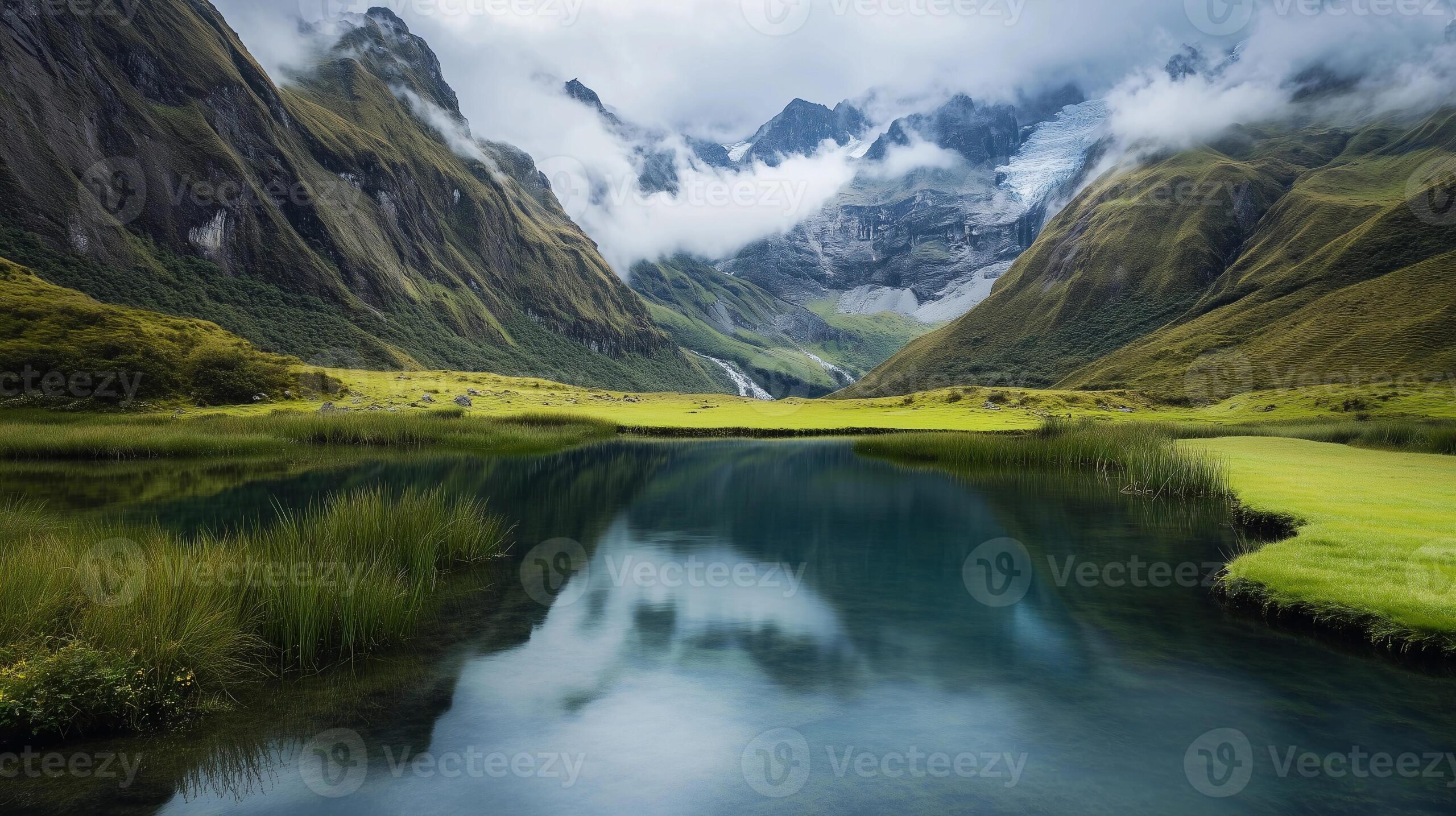
Bagong Mountains.
Planning Your Visit: A Practical Guide
Planning Your Visit to Bagong Mountains
Nestled in the heart of Anhui province, the Bagong Mountains (八公山) are an enchanting destination for international travelers seeking a blend of natural beauty, cultural heritage, and historical significance. This guide provides practical tips to help you make the most of your visit to this scenic spot.
Getting There
Location: Bagong Mountain is located approximately 2 kilometers north of Shou County, within the Bagongshan District of Huainan.
Transportation:
– By Air: The nearest major airport is in Hefei, the capital of Anhui province. From Hefei, you can take a train or bus to Huainan.
– By Train: Huainan is well-connected by rail, making it easy to reach from major cities. Once in Huainan, local transport options are available to take you to the mountain.
– By Bus: Local buses and taxis are available from downtown Huainan to the entrance of Bagong Mountain.
Admission Fees
The entrance fee for Bagong Mountain is approximately 40 RMB. If you stay at a nearby hotel, you may be eligible for a complimentary entry, so be sure to check with your accommodation.
Opening Hours
Bagong Mountain is open daily from 8:00 AM to 5:00 PM. To avoid crowds, consider visiting early in the morning.
What to Expect
Physical Preparation: The terrain at Bagong Mountain includes steep paths, stairs, and hills. While there are options for electric bus tours, a good level of fitness is recommended for a more rewarding experience. Comfortable walking shoes are a must!
Attractions:
– Mountain-Top Temple: This impressive temple offers a glimpse into the spiritual heritage of the mountain. Keep in mind that air pollution may affect visibility for photos.
– Statues and Legends: The site is adorned with numerous statues representing legendary figures, but the accompanying stories are primarily in Chinese. Having a local guide or a friend to explain these myths can enhance your experience.
– Scenic Views: As you climb, take a moment to appreciate the surrounding landscape, though do note that air quality can impact the clarity of your views.
Nearby Attractions
While you’re in the area, consider exploring some nearby sites:
– Wangqing Valley: A picturesque canyon perfect for hiking.
– Chu Cultural Museum: Offers insights into the region’s history and culture.
– Cemetery of the King of Huainan: A historical site worth visiting.
– Local Cuisine: Don’t miss trying Bagongshan tofu, a local specialty known for its unique flavor and texture.
Tips for Your Visit
- Stay Hydrated: Bring water, especially if you plan to hike or explore extensively.
- Plan Your Route: It’s easy to lose your bearings in the vast area, so take note of landmarks and your path.
- Cultural Sensitivity: Respect local customs and traditions, especially when visiting temples and historical sites.
- Language: While some locals may speak basic English, learning a few phrases in Mandarin can enhance your interactions.
Accommodations
For a convenient stay, look for hotels near Bagong Mountain. Many offer easy access to the mountain and local attractions, as well as amenities that cater to international travelers.
With its rich history, stunning landscapes, and cultural significance, the Bagong Mountains promise an unforgettable experience. Prepare well, embrace the journey, and enjoy the wonders that await you in this remarkable destination!

Bagong Mountains.
Tickets: Prices, Booking, and Tips
Visiting the Bagong Mountains is a remarkable experience, blending natural beauty with rich cultural history. To make the most of your trip, it’s essential to understand the ticketing process, prices, and a few handy tips.
Ticket Prices
Entry to the Bagong Mountain Scenic Spot costs 40 RMB (approximately $6 USD). This fee grants you access to the park’s various attractions, including the picturesque mountain-top temple and the surrounding hiking trails. If you’re staying at a nearby hotel, you might be in luck—many accommodations offer one complimentary entry to the scenic area, so be sure to check with your hotel when booking.
Booking Your Tickets
Tickets can typically be purchased on-site at the entrance of the scenic area. However, during peak tourist seasons, lines can be long, so it’s advisable to arrive early. If you prefer a more organized experience, check if your hotel can assist with advance bookings or consider local tour operators that provide guided tours to Bagong Mountain.
Tips for Your Visit
-
Prepare for Walking and Climbing: The Bagong Mountains are best enjoyed on foot. Be ready to navigate stairs and hills; it’s a great way to explore the area but can be challenging for those not used to hiking. If you prefer, there are electric guided bus tours available, but a good pair of walking shoes will enhance your experience.
-
Timing Your Visit: The park operates from 8:00 AM to 5:00 PM daily. To avoid crowds and the midday heat, aim to arrive early in the morning or later in the afternoon.
-
Explore the Legends: The mountain is steeped in history and local legends. While many of the inscriptions are in Chinese, hiring a local guide can enrich your visit. They can explain the significance of the various statues and temples, providing insights into the folklore surrounding the area.
-
Stay Hydrated and Snack Smart: Bring water and light snacks, especially if you plan to hike. The park’s facilities are limited, and having refreshments on hand will keep your energy up as you explore.
-
Don’t Lose Your Way: The park’s layout can be confusing, so it’s a good idea to keep track of your path. Note landmarks as you explore, or consider using a map app on your phone to help navigate.
By planning ahead and being prepared, your visit to the Bagong Mountains can be an unforgettable adventure filled with stunning views and fascinating history. Enjoy your trip!
How to Get There: A Complete Transportation Guide
Reaching the enchanting Bagong Mountains (八公山) in Huainan, Anhui province, is an adventure in itself. Whether you are arriving from a nearby city or flying in from afar, this transportation guide will help you navigate your way to this historic and scenic destination.
By Air
The nearest major airport to Bagong Mountains is Hefei Xinqiao International Airport (HFE), which is approximately 120 kilometers away. This airport services a variety of domestic and international flights. From the airport, you have several options:
- Taxi: The most convenient way is to take a taxi directly to Bagong Mountains. The ride will take about 1.5 to 2 hours, depending on traffic.
- Airport Shuttle: Check if there are shuttle services to Huainan. These may be less frequent, so it’s wise to check the schedule in advance.
By Train
Hefei Railway Station is a major hub with extensive train services. Here’s how you can get to Bagong Mountains by train:
- Train to Huainan: Take a high-speed train from Hefei to Huainan. The journey lasts about 30-50 minutes.
- Transfer to Local Transport: Once you arrive at Huainan Railway Station, you can take a taxi or a local bus to the Bagong Mountain Scenic Area. The taxi ride will take around 30 minutes.
By Bus
If you prefer traveling by bus, here’s what you need to do:
- Long-distance Buses: Buses from major cities like Hefei and Nanjing frequently run to Huainan. Look for the Huainan Long-distance Bus Station once you arrive.
- Local Buses: From the Huainan Bus Station, you can catch a local bus or a taxi to reach the entrance of Bagong Mountain, which is only about 20 kilometers away.
By Car
For those who enjoy the freedom of driving, renting a car can be a fantastic option. The drive from Hefei to Bagong Mountains is straightforward:
- Route: Take the G40 Expressway from Hefei towards Huainan. Follow the signs for Bagongshan District. The total drive will take approximately 1.5 hours.
- Parking: There is parking available at the entrance of the scenic area.
Local Transport Options
Once you arrive at Bagong Mountains, be prepared for some walking, as the area is best explored on foot. However, for those who prefer a more relaxed pace:
- Electric Guided Bus Tours: These tours are available within the park, allowing you to see the highlights without the strenuous hike.
- Taxis and Electric Golf Carts: Local taxis and small electric carts are available to transport visitors around the scenic area.
Travel Tips
- Entry Fee: The entrance fee is 40 RMB. If you’re staying at nearby hotels, inquire about free entry as they may provide one complimentary pass.
- Prepare for Hiking: As the landscapes can be challenging, wear comfortable shoes and be ready for some uphill climbs to reach the mountain-top temple and enjoy the views.
- Language Barrier: While many locals are friendly, English might not be widely spoken. Having a translation app or a local friend can enhance your experience.
With this comprehensive guide, you’re well-equipped to embark on your journey to the majestic Bagong Mountains, where history, culture, and natural beauty await! Safe travels!
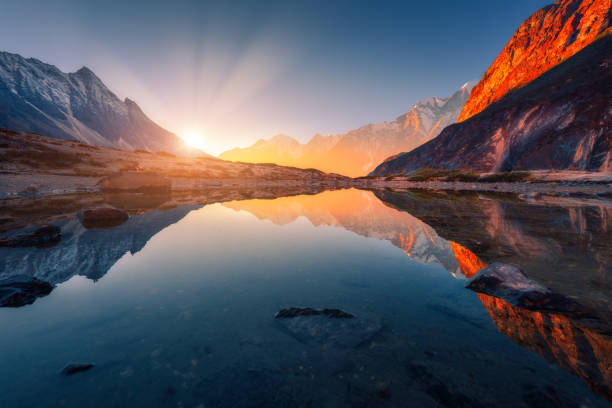
Bagong Mountains.
Local Cuisine and Accommodation Nearby
When exploring the majestic Bagong Mountains, you’ll discover not only stunning views and rich history but also some delightful local flavors and comfortable accommodations to make your stay truly memorable.
Savoring Local Cuisine
A must-try culinary experience near Bagong Mountain is the renowned Bagongshan Tofu. This delicacy was first created by the historical figure Liu An and has become a staple in Anhui cuisine. The tofu is celebrated for its delicate texture and rich flavor, often served in various styles, from stir-fried dishes to soups. One of the best places to enjoy this local specialty is BaGongShan DouFu Guan, located just a short 2.2 miles from the mountain. With a cozy atmosphere and a menu that highlights regional dishes, you can indulge in authentic Anhui flavors while enjoying views of the surrounding landscape.
Comfortable Stays
For accommodations, you’ll find options that cater to all tastes and budgets. Staying near the Bagong Mountains allows for easy access to both the natural beauty and local culture. Here are a couple of recommendations:
-
Huainan Xiangxue Hotel: Just a few kilometers from the mountain, this hotel is a favorite among travelers for its modern amenities and comfortable rooms. Enjoy a restful night before embarking on your mountain adventure, and take advantage of the hotel’s restaurant, which often features local dishes.
-
Bagongshan Scenic Area Hotels: There are several hotels within the scenic area that provide a unique opportunity to wake up surrounded by nature. Many of these accommodations offer packages that include meals, making it easy to sample local cuisine without venturing far.
Exploring Further
After your culinary and accommodation needs are met, don’t miss the nearby attractions. Wangqing Valley and the Cemetery of the King of Huainan are both short drives away and offer fascinating glimpses into the region’s history and natural beauty. Whether you’re hiking up to the mountain-top temple or enjoying a quiet evening meal, you’ll find that the Bagong Mountains and its surroundings provide a perfect blend of adventure and relaxation.
With a rich tapestry of flavors and welcoming places to stay, your visit to Bagong Mountains will surely be a delightful experience.
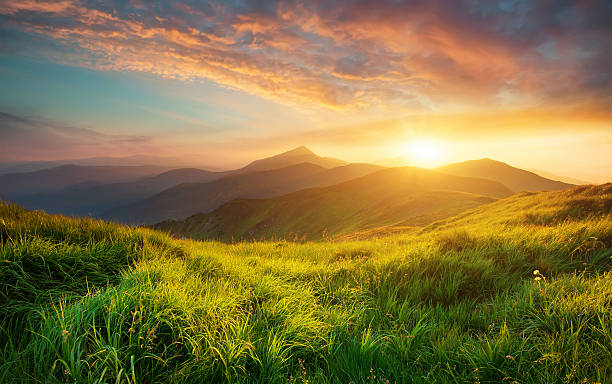
Bagong Mountains.
Frequently Asked Questions
-
What are the opening hours for Bagong Mountain?
Bagong Mountain is open daily from 8:00 AM to 5:00 PM. It’s best to visit early in the morning to enjoy a quieter experience and to take advantage of the cooler temperatures. -
Is there an entrance fee to visit Bagong Mountain?
Yes, there is an entrance fee of 40 RMB. However, if you’re staying at a nearby hotel, you may be entitled to one free entry, so be sure to check with your accommodation! -
What should I wear when visiting Bagong Mountain?
Comfortable walking shoes are essential, as you’ll be doing a fair amount of walking and climbing stairs. Dress in layers, as temperatures can vary throughout the day, and don’t forget sun protection like hats and sunscreen! -
Are there any dining options available near Bagong Mountain?
While there aren’t many dining options directly within the park, you can find a notable restaurant, BaGongShan DouFu Guan, about 2.2 miles away, where you can enjoy local Anhui cuisine. Be sure to try the famous Bagongshan tofu! -
Can I explore Bagong Mountain if I have mobility issues?
The terrain can be challenging, with many stairs and steep paths. While there are options for electric guided bus tours, it’s advisable to assess your mobility level before visiting. Some areas may be less accessible for those with limited mobility. -
Are there any guided tours available for Bagong Mountain?
Yes, guided tours can enhance your experience by providing insights into the rich history and legends of the area. It’s recommended to look for local tour operators that offer packages including transportation and guided exploration. -
What are the must-see attractions within Bagong Mountain?
Don’t miss the impressive mountain-top temple, which features numerous statues of legendary figures. The scenic views from the top are also worth the climb, so make sure to bring your camera for some memorable photos! -
What is the best time of year to visit Bagong Mountain?
The best times to visit are during spring (March to May) and autumn (September to November) when the weather is mild and the scenery is particularly beautiful. Summer can be hot, while winter may bring colder temperatures and possible snow.
Final Thoughts on Your Trip
As your journey to the captivating Bagong Mountains draws to a close, take a moment to reflect on the enchanting blend of natural beauty, rich history, and cultural significance that this region offers. From the awe-inspiring mountain-top temples to the intriguing legends that permeate the air, every step you take unveils a piece of the rich tapestry that is Bagongshan.
While it may take a bit of stamina to navigate its trails and hills, the reward is well worth the effort. The panoramic views, especially when the air is clear, can leave you breathless in more ways than one. Engage with the local legends and immerse yourself in the stories of Liu An and his eight esteemed companions, whose wisdom shaped this sacred land.
Though some areas may show signs of wear, the charm of Bagong Mountain lies in its authenticity and the warm spirit of the people who call this place home. Whether you found tranquility among the temples or were invigorated by the challenge of the climb, the memories forged in this remarkable landscape will undoubtedly linger long after your visit.
So, as you prepare to leave, carry with you the essence of Bagongshan—a place where history whispers through the winds, and the mountains stand as a testament to the enduring spirit of nature and humanity. Safe travels, and may your adventures continue to inspire and enrich your life.